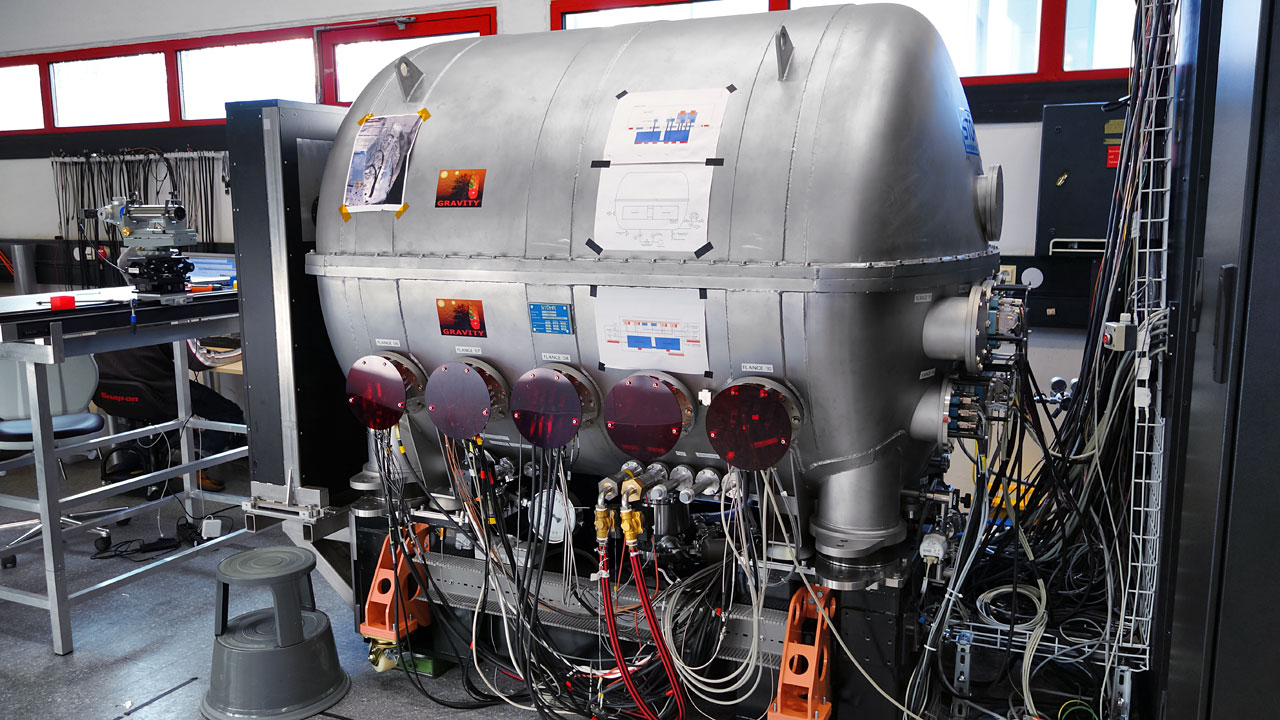Future black hole probe makes discovery on its first observation

GRAVITY is the most powerful instrument installed on the Very Large Telescope Interferometer (VLTI), the world's most advanced infrared light telescope, operated from ESO's observing site in Paranal, Chile. GRAVITY's mission is to zoom in on black holes. This week, ESO announced the success of GRAVITY's first observations, marking a crucial milestone in the commissioning of the instrument within the VLTI. Researchers at CENTRA, the Multidisciplinary Centre for Astrophysics of the Universities of Lisbon and Porto are on the team that built this powerful instrument.
Established as a scientific priority by ESO, GRAVITY combines light from several telescopes to form a virtual telescope up to 200 meters across. It uses a technique known as interferometry, which allows astronomers to detect much finer detail in astronomical objects than is possible with a single telescope. On its first observation GRAVITY has already made a small discovery: one of the stars in the cluster located in the heart of the star-forming Orion region is a double star.

The Portuguese CENTRA team built GRAVITY's acquisition chamber, which follows the astronomical objects and corrects for residual irregularities caused by Earth's atmosphere and by small mechanical vibrations on the rays of light that are combined from the four telescopes. This feature underlies GRAVITY's exceptional precision.
The Portuguese researchers are now preparing to use GRAVITY to investigate the black hole in the center of our galaxy and the origin of stars and planets, amongst other scientific questions. The CENTRA team's participation in the GRAVITY consortium was partially funded by FCT.
Images, from top to bottom:
- GRAVITY - future probe of black holes
- GRAVITY discovers new double star in Orion Trapezium Cluster
(Credits: European Southern Observatory - ESO)